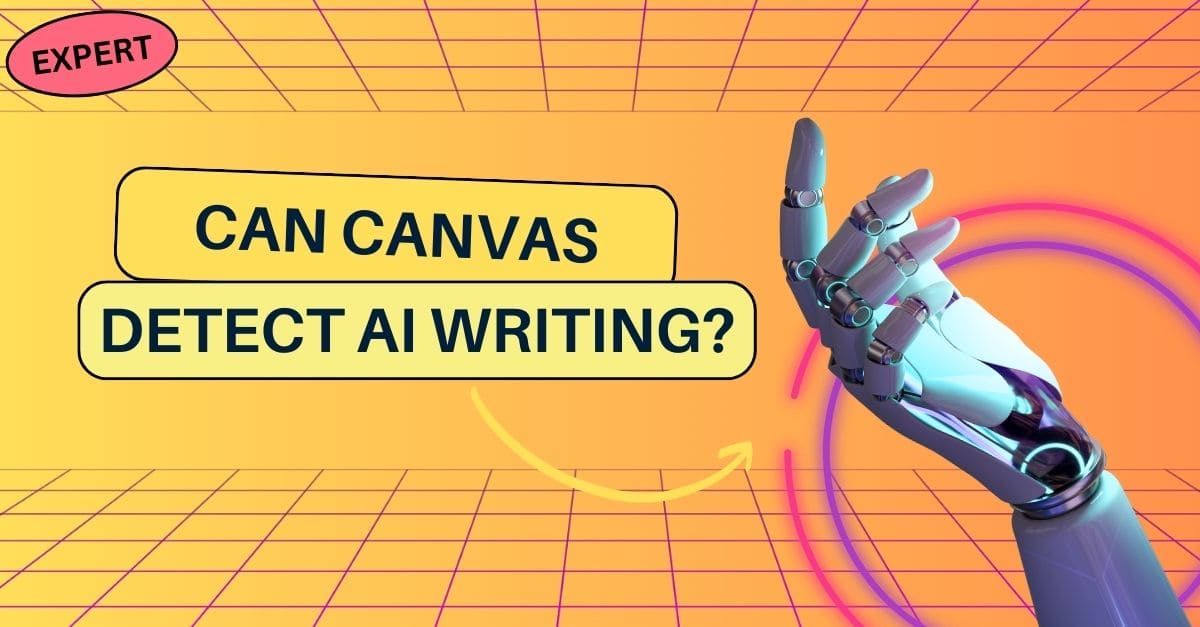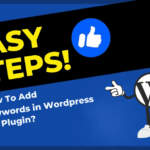Canvas AI Detector is an intelligent tool that utilizes AI power with natural language processing technology to develop valuable and capturing written texts.
It doesn’t matter whether you are a professional writer, a university student, or just someone who wants to write better; the Canvas AI Detector can be your greatest ally.
How Does It Work?
Canvas AI Detector employs sophisticated algorithms to process text and automatically generate good–quality content. It helps identify the most frequent writing errors, e.g., grammar, misplaced sentences, and ambiguous expressions.
Next, the tool gives you tips on how to make your writing brief, intentional, and powerful. It is as if you have a private writing mentor who guides you to become a better writer.
Why Should You Use It?
- Time-Saving: Writing can be the most time–consuming part of the process, especially if you’re blocked or can’t find fitting ideas. Canvas AI Detector simplifies the process, setting you free to focus on your ideas while Asu takes care of the mechanics of writing.
- Professional-Level Output: Whether you are drafting an email, a blog post, or a research paper, Canvas AI Detector can make sure that your content will sound professional and free of errors. Win your readers with a direct and concise text.
- Learning Opportunity: Along with Canvas AI Detector’s suggestions, you’ll learn from it. Slowly but surely, you will feel the impact that writing has had on you and learn to appreciate it fully.
How Does Canvas Detect Plagiarism?
Canvas, a commonly utilized learning management system in educational institutions, has an advanced plagiarism detection feature to identify plagiarism in student submissions. Here’s how it works:
- Text Comparison: Canvas compares the uploaded text with a huge database containing essays and online resources. It will look for similarities, including direct matching, paraphrasing, and even the reprinting of sentences with modifications.
- Algorithmic Analysis: The sophisticated mechanisms of Canvas examine sentence structures, word picks, and writing cadences. It tries to find combinations resembling recognized origins or common fraud methods.
- External Sources: Canvas checks external sources, such as websites, journals, and student hand–ins, to identify similarities. It also looks at the relationship in which the content belongs.
- Originality Reports: Canvas creates plagiarism reports for instructors pointing to content that has been copied elsewhere. They are prepared after analyzing the differences and providing the possible instances of plagiarism.
How Canvas Searches for and Flags Plagiarism
When the Canvas system finds reasonable plagiarism, it points to particular work sections. Educators interact with notifications and can run through the flagged content.
- Initial Flagging: Canvas detects anomalies in student completion of assigned tasks. Educators will get access to a detailed report listing the matched contents and the source from which it came.
- Educator Review: Teachers process the marked excerpt. They can use a comparison method between the student’s assignment and the original sources of information and judge if the similarities are accidental or intentional.
- Communication with Students: The teacher can contact students regarding the specially tagged content. They might be ready to offer clarifications, clear–cut explanations, or proper citation guidelines.
- Educational Approach: Canvas gives priority to plagiarism education. The educators prefer to approach the case not through punishment but through proper quotation, paraphrasing, and originality.
Challenges and Continuous Improvement
While Canvas’s plagiarism detection system is robust, it faces challenges:
- Evolving Techniques: With students later finding more and more complex ways of plagiarism, Canvas is compelled to keep the search algorithms ready.
- False Positives: Striking a balance between identifying real cases of plagiarism and those resulting from false positives is a condition that is constantly being adjusted.
- Multilingual Content: To guarantee a 100% correct translation of the content from various languages, canvas has added translation techniques and perception of the nuances of translation.
Changing Writing Styles
In the ever–changing world of literary writing, the stylistic element is always at the forefront. Whether veteran or beginner writers are forced to tailor their writing to the chosen specific situations, audiences, and objectives, you may wonder what “changing the style of writing” means.
It‘s like a chameleon on a branch, blending in with the vegetation as its skin tone changes to match its surroundings. A writer must ensure that he or she changes the writing style to suit his or her surroundings.
Whether it is a serious research paper, a light–hearted blog, or an emotionally charged friendly letter, how you make your message appear counts.
- Audience Awareness: At the beginning, you have to identify your audience. Who are you contacting – Academics, tech lovers, or even regular readers? They’ve each got their lexicon and concepts as well. Adjust your style accordingly.
- Purpose Precision: What is your writing about? To teach or inform, entertain or amuse, persuade or probe thought? Identifying your purpose positions you to your style. The genre of a research report is clearly defined by accuracy, yet this writing style prefers the use of pictures and colors.
- Voice Versatility: Your writing style is like your fingerprint; it is not duplicated and is easy to trace. It doesn’t have to be single–minded. Try out different styles, maybe authoritative, conversational, or even witty. The style with variation will surely capture your readers’ attention.
- Sentence Symphony: Balance sentence length and structure. Brief, power–packed sentences develop the empathy factor, while lengthy sentences inspire reflection. For instance, like a composer, try to impugn the right emotions when composing your prose.
- Grammar Grace: Grammar isn’t strict; it’s dance. Get the steps right, but take those chances too. Contextualized phrases and syntactic boldness, for example, split infinitives, bring your writing to life.
- Editing Alchemy: Turn dull sentences into masterpieces. Remove the excess words, rearrange the sentences, and use sorcery. The editing is where the real style comes out.
Manually Editing and Rewriting
The influence of AI–powered writing tools in the content production of today‘s world is undeniable. These machines can produce paragraphs, articles, and even whole books fastest and most accurately.
- Polishing the Rough Edges: AI–created content can sometimes seem a bit sterile. It is not as delicate as writing, refined by decades of work. As an editor, I eliminate the roughness, ensuring that sentences flow smoothly and hook the reader.
- Injecting Creativity: Creativity is the key feature of great writing. AI can imitate reality and generate sentences but cannot do more. As a human editor, I inject creativity into the text—thinking of a more vivid metaphor, rewriting a dull sentence, or surprising a reader with a twist.
- Adapting to the Audience: Not every piece of existing content is the same quality. Regardless of the type of content whether it is a blog post, a marketing email, or a technical manual the tone, style, and level of formality differ. Through manual editing, I can tweak the content to suit the target audience, ensuring the content relates to the reader.
- Fact-Checking and Accuracy: Machine learning can misread context or give wrong information. As an editor, I verify facts, cross–check sources, and ensure sound information. Readers trust well–researched material that often wins in manual editing.
- Maintaining Consistency: Uniformity is important, particularly for brands and media. Maybe it’s about following a specific style guide, using consistent terminologies, or maintaining a consistent voice; but manual editing does ensure that all the content remains cohesive.
Conclusion
Undetectable.ai makes it accessible with a friendly interface as it is a pioneer in content development. Even though AI–generated articles put forth a solid start, fine–tuning and rewriting by hand are still required to get interesting and original content.
As an editor, I gathered all my experience to sharpen the roughness, fill in the gaps, adapt to the public, fact–check, and make sure all the items within the text are in sync.










